Drawing is more subtle than painting. It does not tend to jump out at you quite so much. It asks you to take your time, to look at detail, to admire fine lines. The Albertina Museum has put together a fine exhibition of contemporary drawings from the Guerlain Collection from the Centre Pompidou Paris. A Passion for Drawing can be seen until 26 January 2020. I had a chance to get a tour of this interesting collection with Instagramers Vienna and Instagramers Austria this past week.
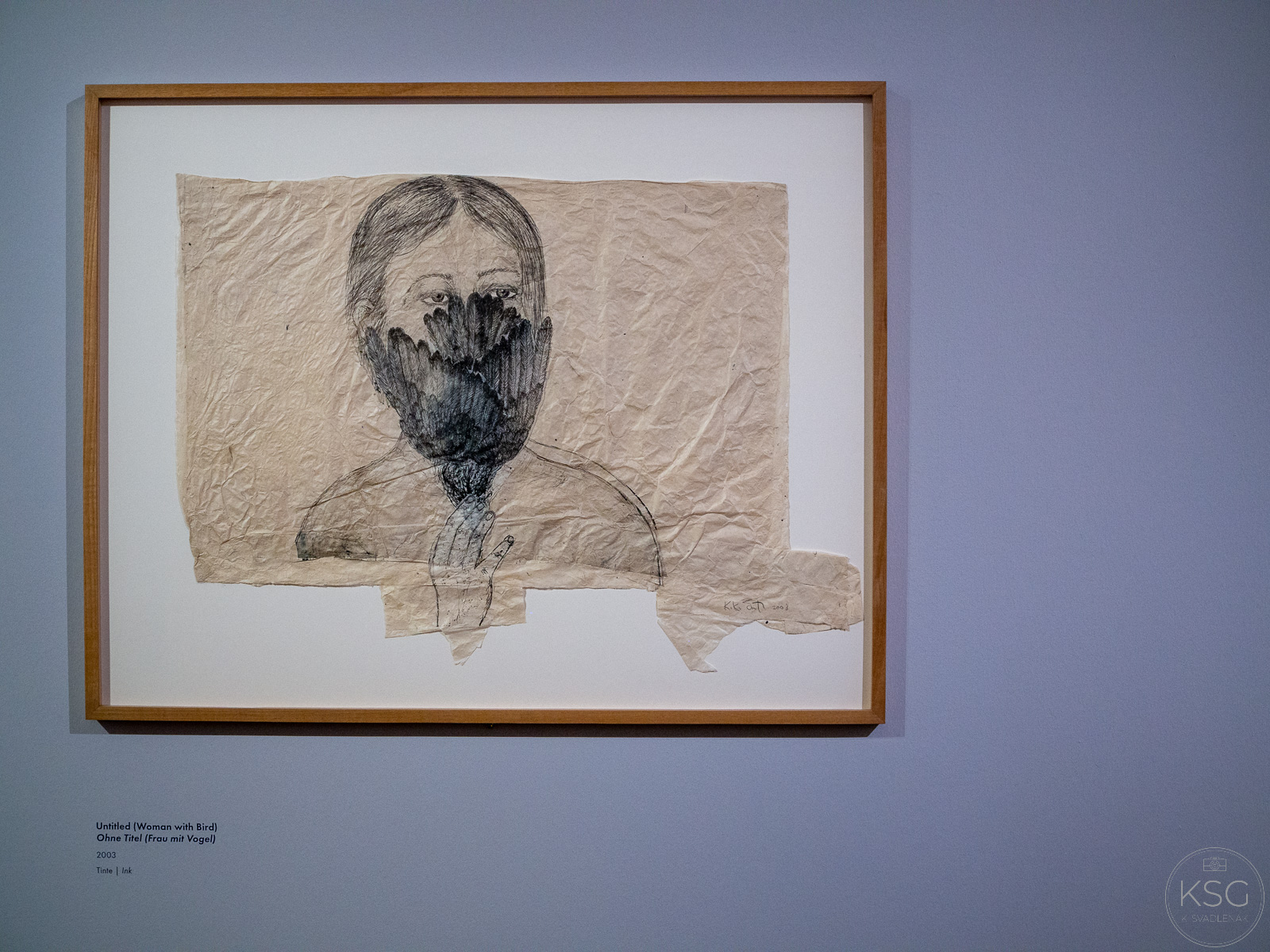
Drawing today is extremely diverse, and so are the works in this exhibition. Florence and Daniel Guerlain have an extensive art collection, and are mostly interested in contemporary drawing. They have donated some (1200!) of their extensive collection of works by internationally known artists to the Centre Pompidou in Paris, Europe’s leading collection of modern and contemporary art. A selection of this collection is now on view at the Albertina, and here I am going to show you just a few impressions from my walk through the exhibition with our Instagramer community.
There is amazing perspective and almost photographic rendering in these charcoal landscape drawings by Dutch artist Renie Spoelstra.
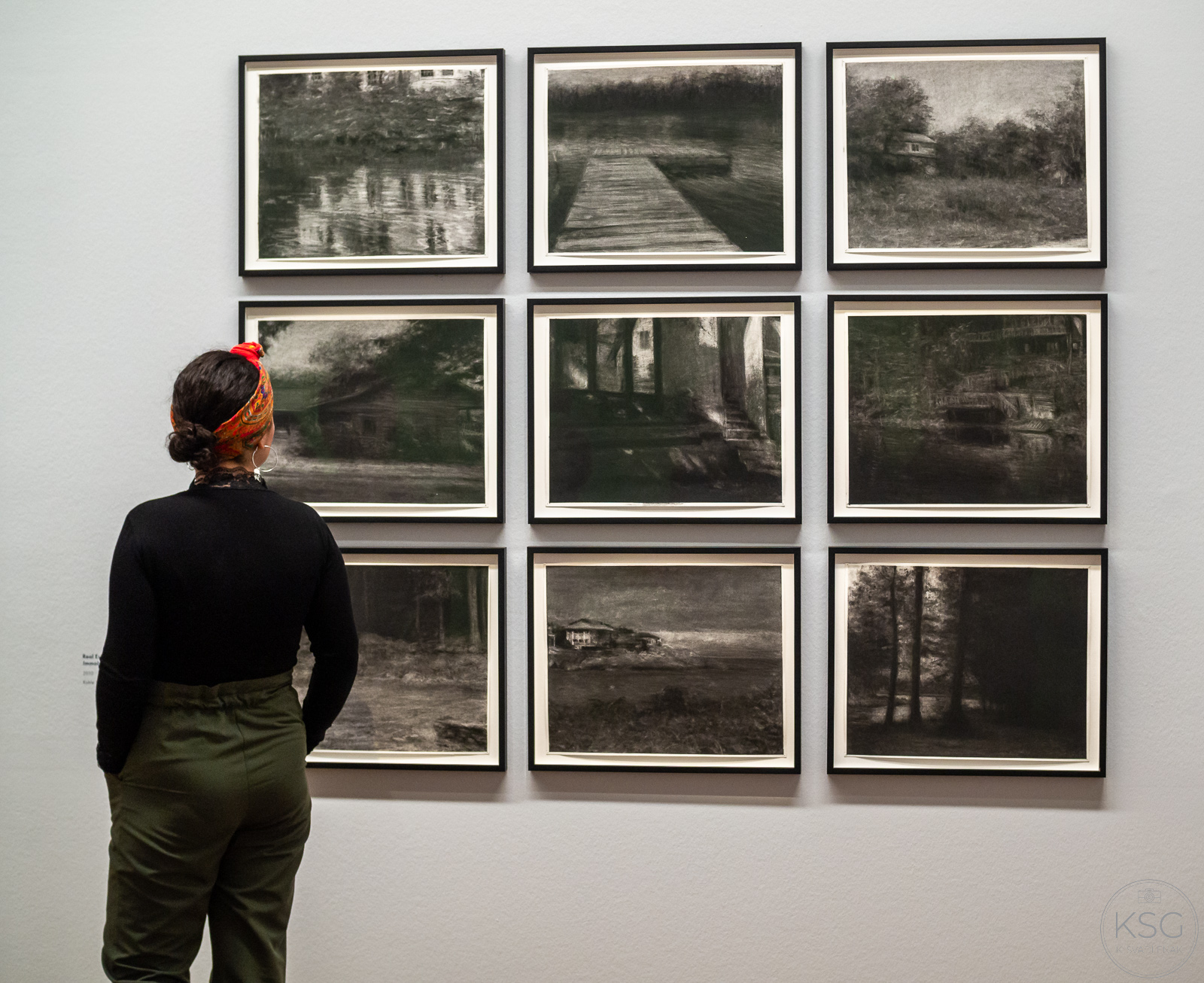
Marcel Dzamawas born in Canada and works in New York. In this series he draws in earthy colours that at first glance make his images seem pleasant, but at second glance are revealed as bizarre, fantastic, nightmarish scenes.
By contrast, US-born collector and artist Mark Dion´s strictly geometric drawings are reminiscent of children´s book illustrations or drawings by interior designers.
For his series “Corrections”, Dutch artist Marcel van Eeden worked with errata slips from art catalogues. Generally he uses pictures and archival materials from before his birth year (1965), selects motifs and combines them into his own art.

Robert Longo´s graphics appear like black and white photographs with high contrast and an incredible rendering of light and dark. Longo, who was born and works in New York City, is interested in showing aspects of the socio-political environment. In this picture he has documented a secret meeting of the hateful Ku Klux Klan.
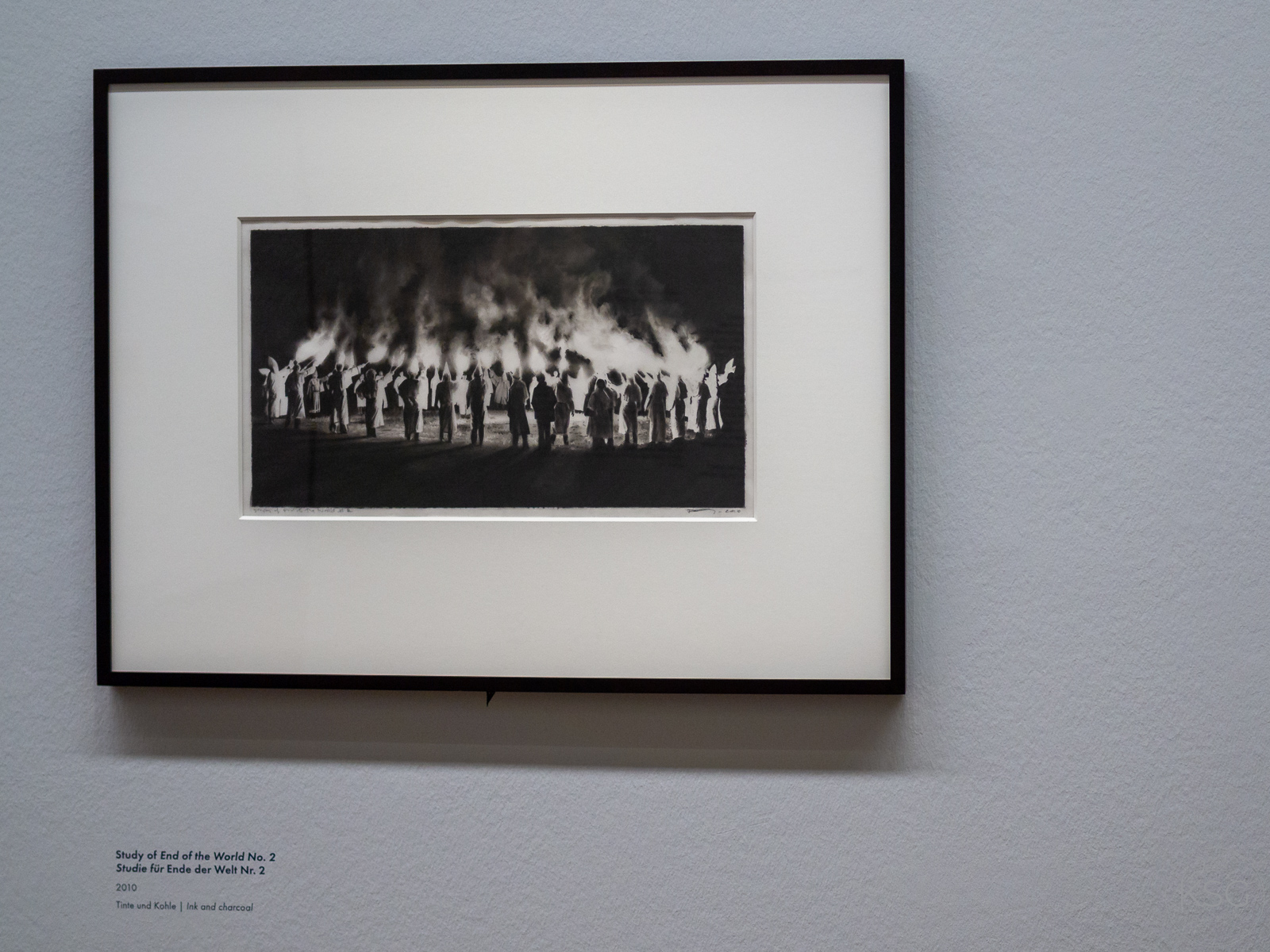
Brooklyn-born artist Joyce Pensato (1941–2019) is known for her unique work inspired by cartoon and comic book characters.
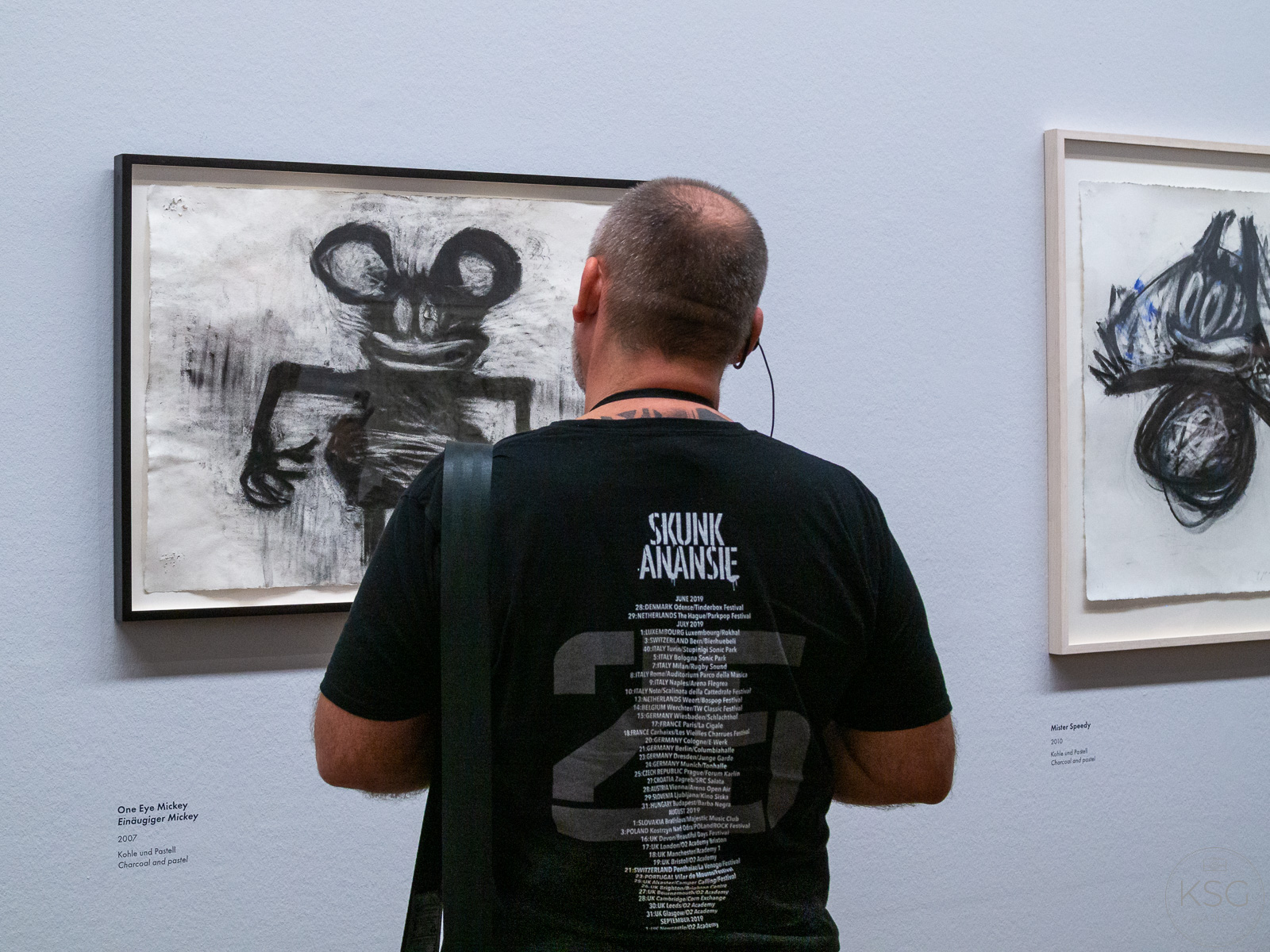
Something fun to look out for are the tiny doodles that accompany the pictures throughout the gallery. Nedko Solakov created “Albertinadoodles”, wall drawings in permanent marker, especially for this.
The long evolution of drawing
Drawing is old, but never gets old. In Asia, as early as 2000 BC Chinese artists may have produced monochromatic drawings with ink, though the earliest pictorial work is in lacquer or on bronze vessels from the times of Alexander the Great. In the West, drawing was used in antiquity and the Middle Ages as a subordinate art form – to make sketches for paintings, buildings, statues, or in extended form as graphically illustration styles of medieval book illumination. Only towards the end of the 14th century did drawing begin to evolve as an independent art. It can be characterized by precise execution of detail, such as this drawing by Pieter Bruegel the Elder, which I photographed during an instawalk at the Kunsthistorische Museum Vienna in 2018.
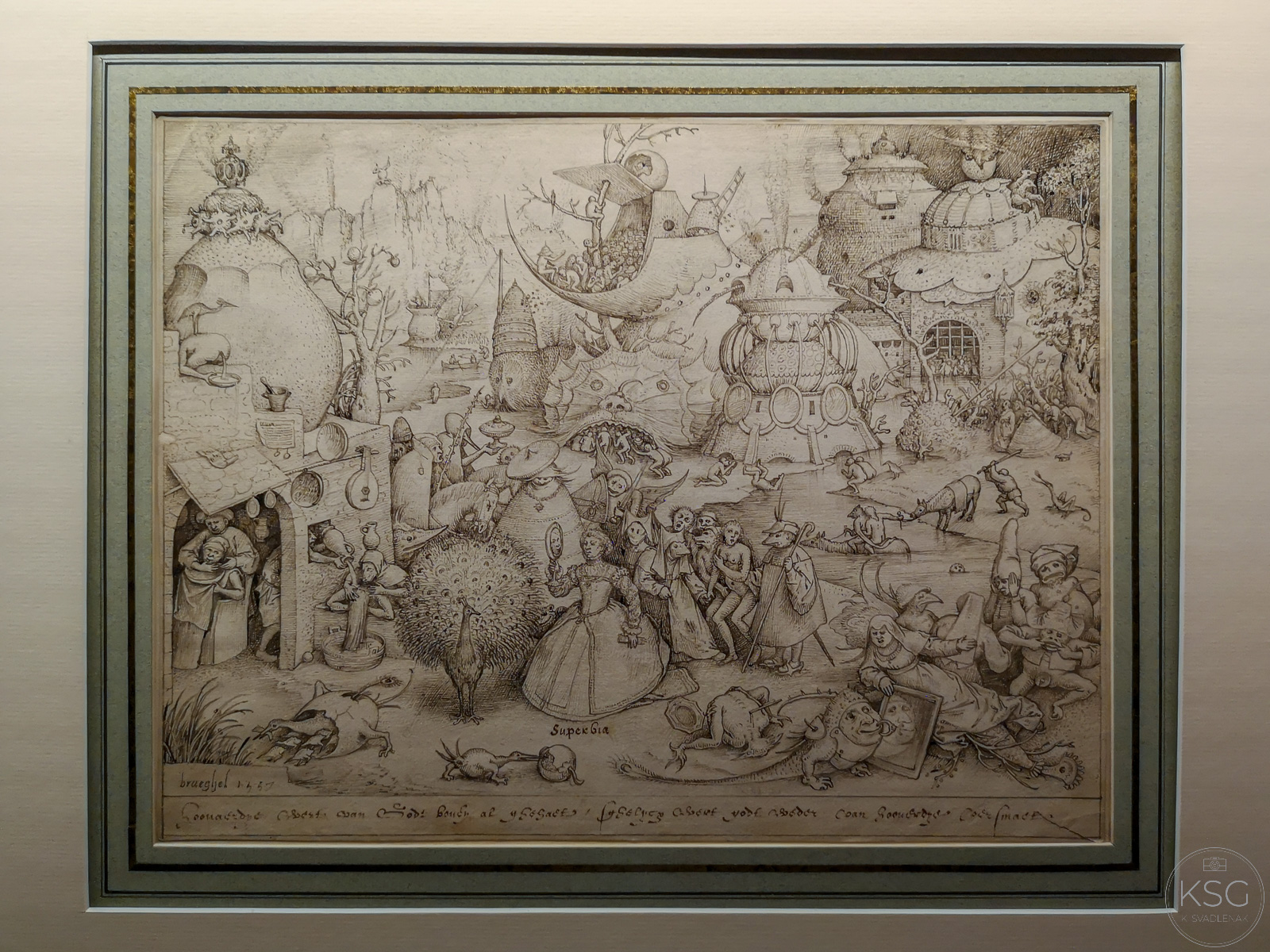
They can also clearly reflect the style of an artist, such as this etching by Rembrandt van Rijn, photographed at an exhibition at the Paintings Gallery of the Academy of Fine Arts Vienna earlier this year.
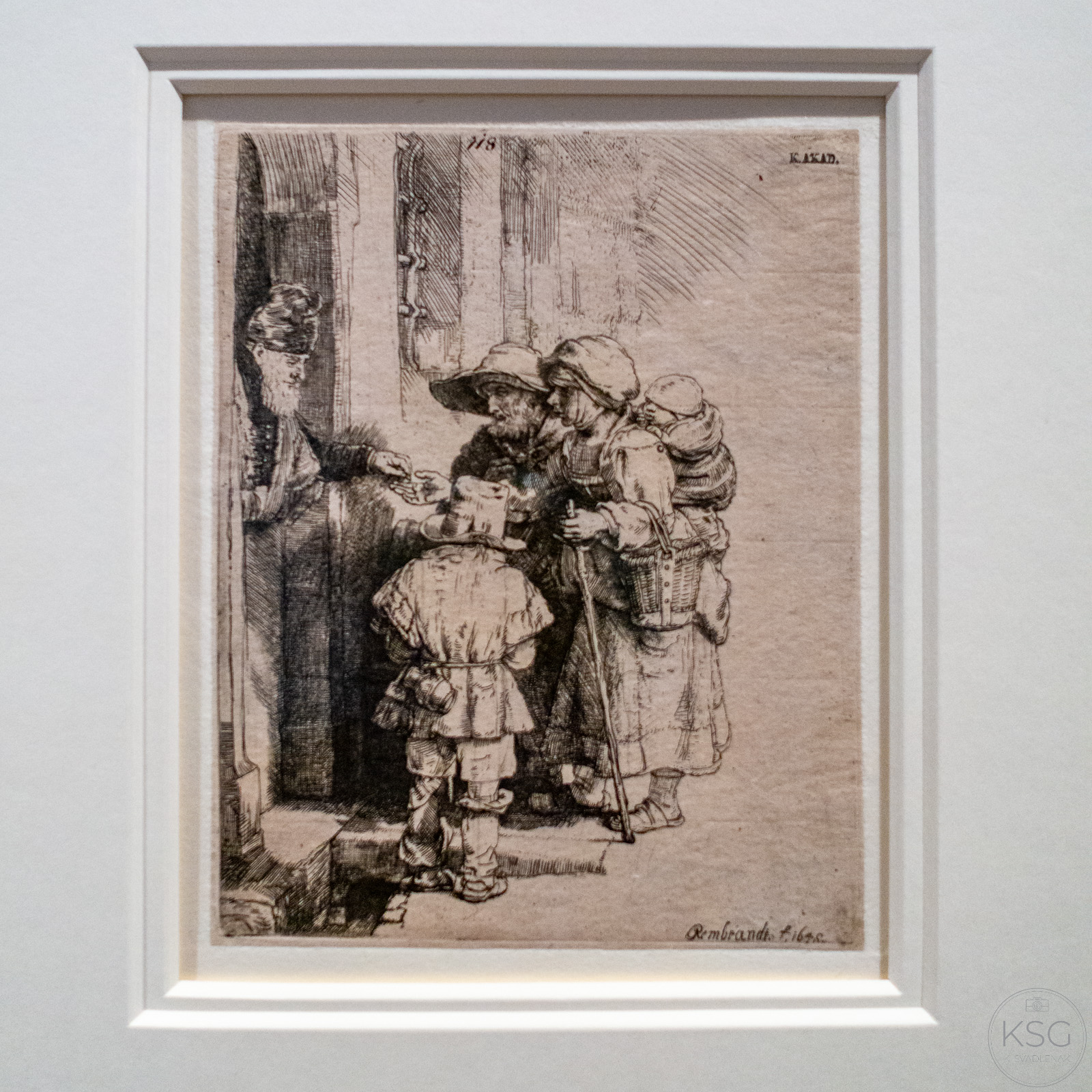
While at first drawing was seen more as a way to sketch larger works of art, it later became used as an art form in its own right, and there are many different representations, including in contemporary art. The history of drawing is too long to elaborate more here (plus, I am not an art expert and am gleaning all this from reference material). If you want a good overview article, you might check out this chapter of the Enyclopedia Britannica (History of Drawing).
If I made you curious, you can indulge your passion for drawing yourself at the Albertina Museum from 11 October 2019 until 26 January 2020.
Artists represented in the exhibition include:
Mark Dion, Marcel Dzama, Marcel van Eeden, Catharina van Eetvelde, Jana Gunstheimer, Erik van Lieshout, Robert Longo, David Nash, Cornelia Parker, Joyce Pensato, Chloe Piene, Pavel Pepperstein, Javier Pérez, Anne-Marie Schneider, Kiki Smith, Nedko Solakov, Renie Spoelstra, Aya Takano, Sandra Vásquez de la Horra, Jorinde Voigt
By the way, the Albertina currently is also showing an extensive exhibition of works by the famous draftsman Albrecht Dürer (there is a lot more than the iconic hare and the praying hands). I am afraid I have yet to see it (and I have put it into my agenda for right after Christmas – it closes on 6 December).
Sources: Websites of the Albertina, Enyclopedia Britannica
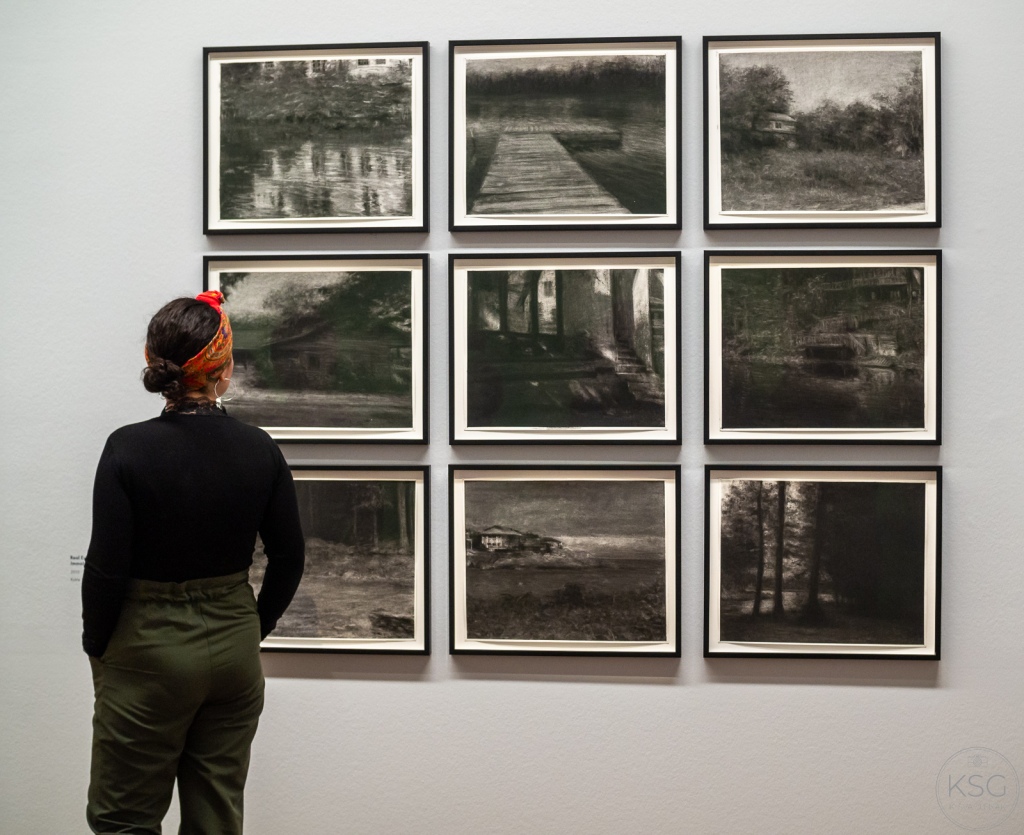







Great blog on Passion for Drawing and YES, you made me curious and I will visit the Albertina next week. Thank you!
LikeLike